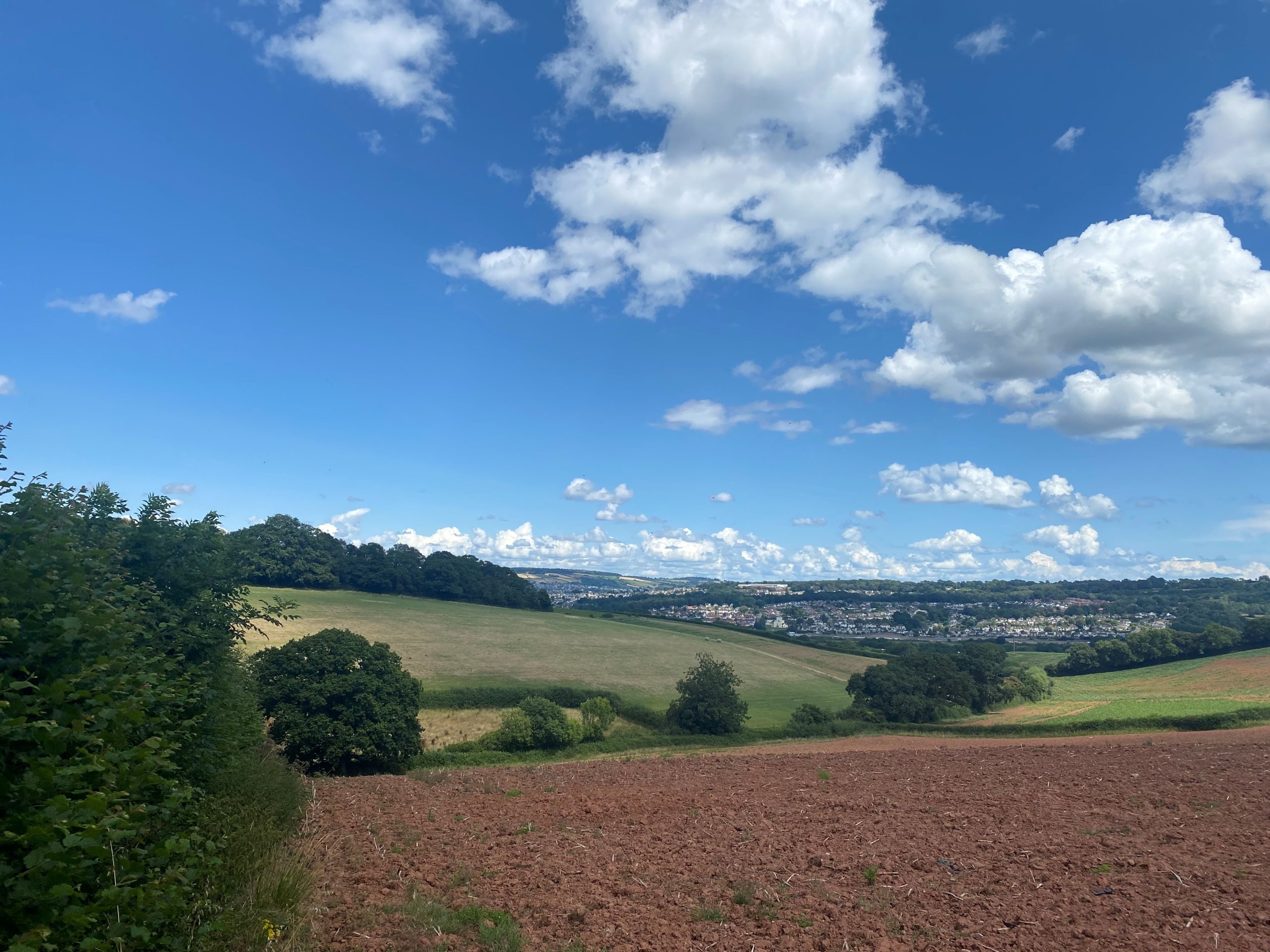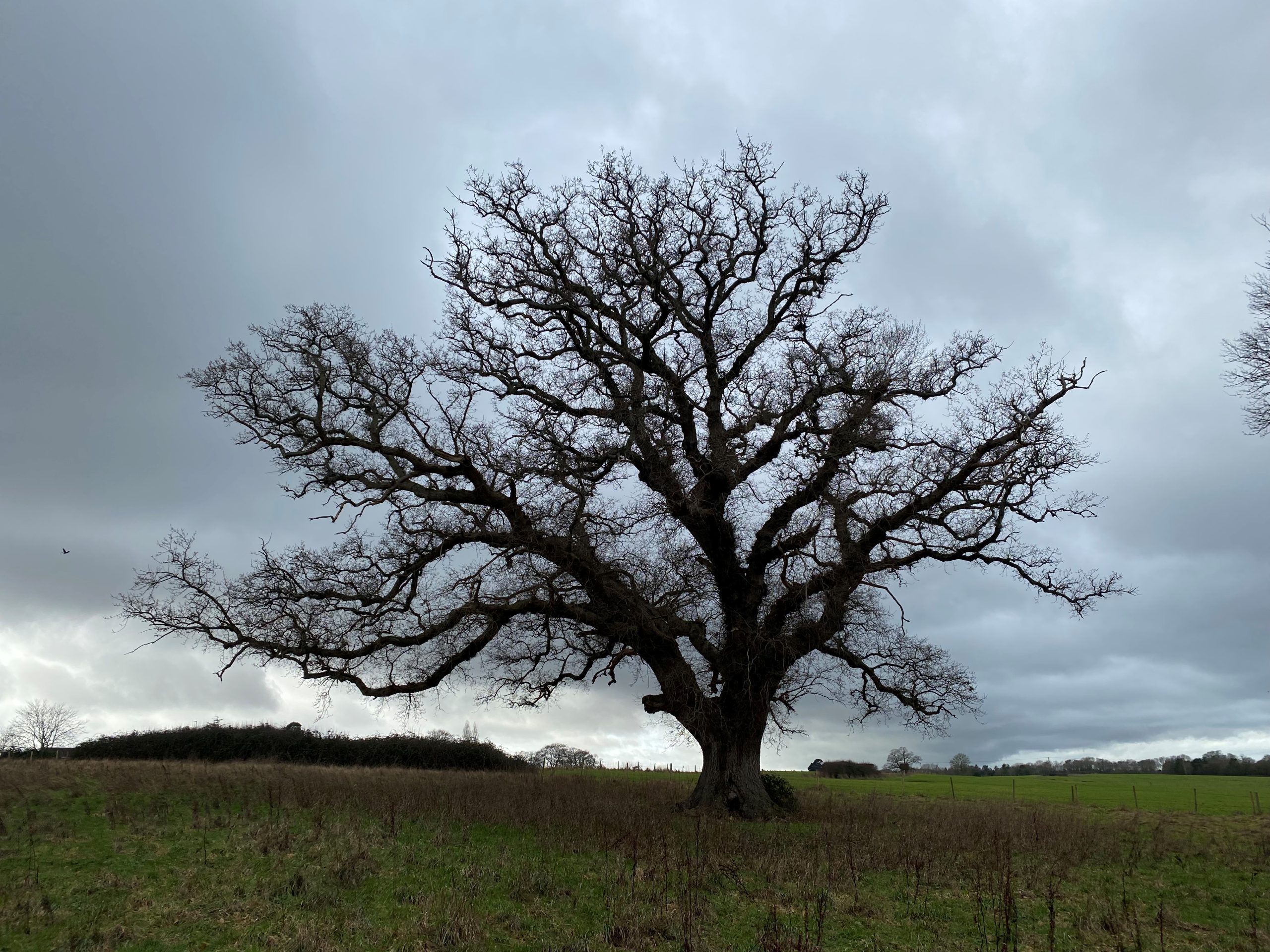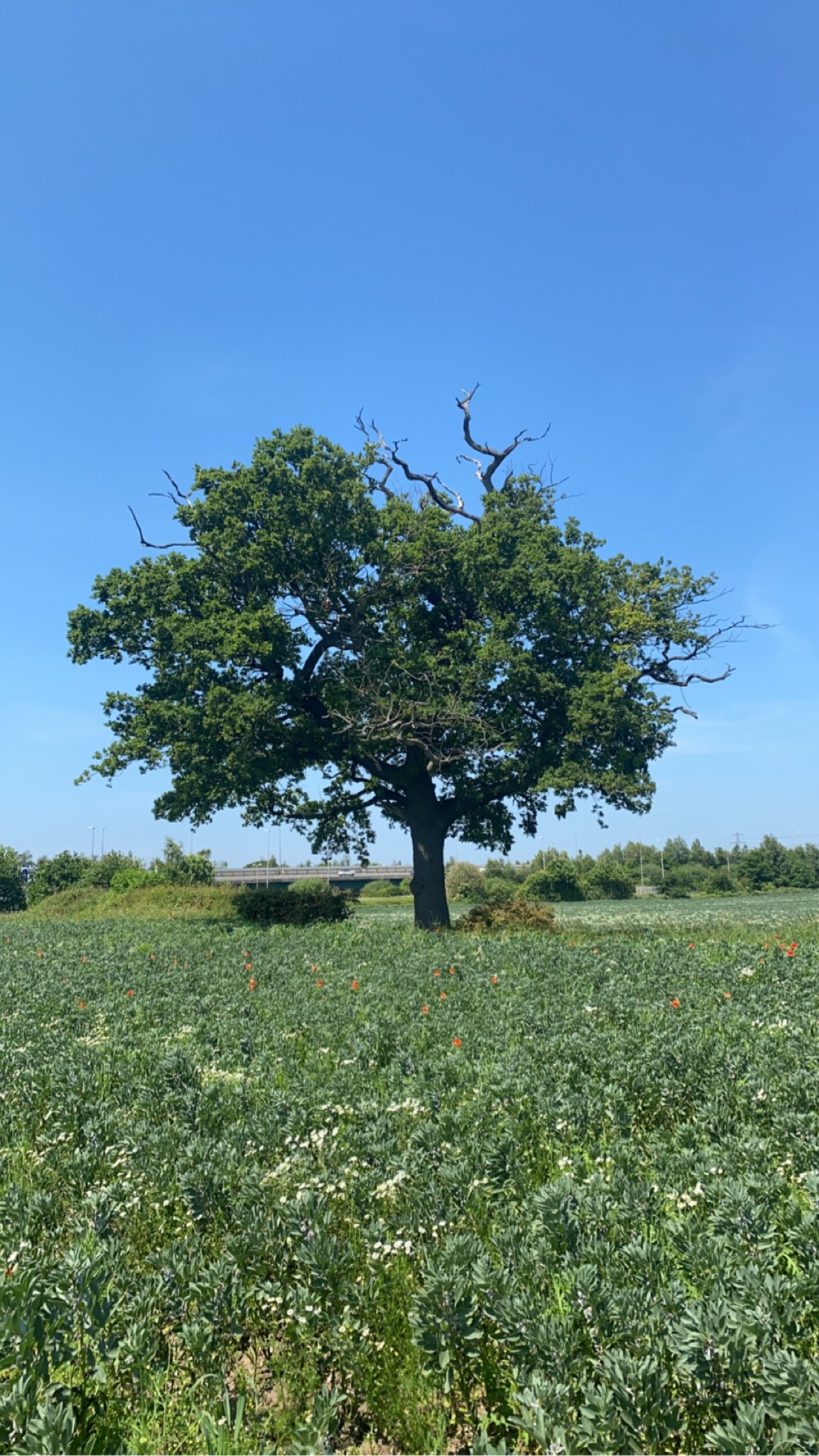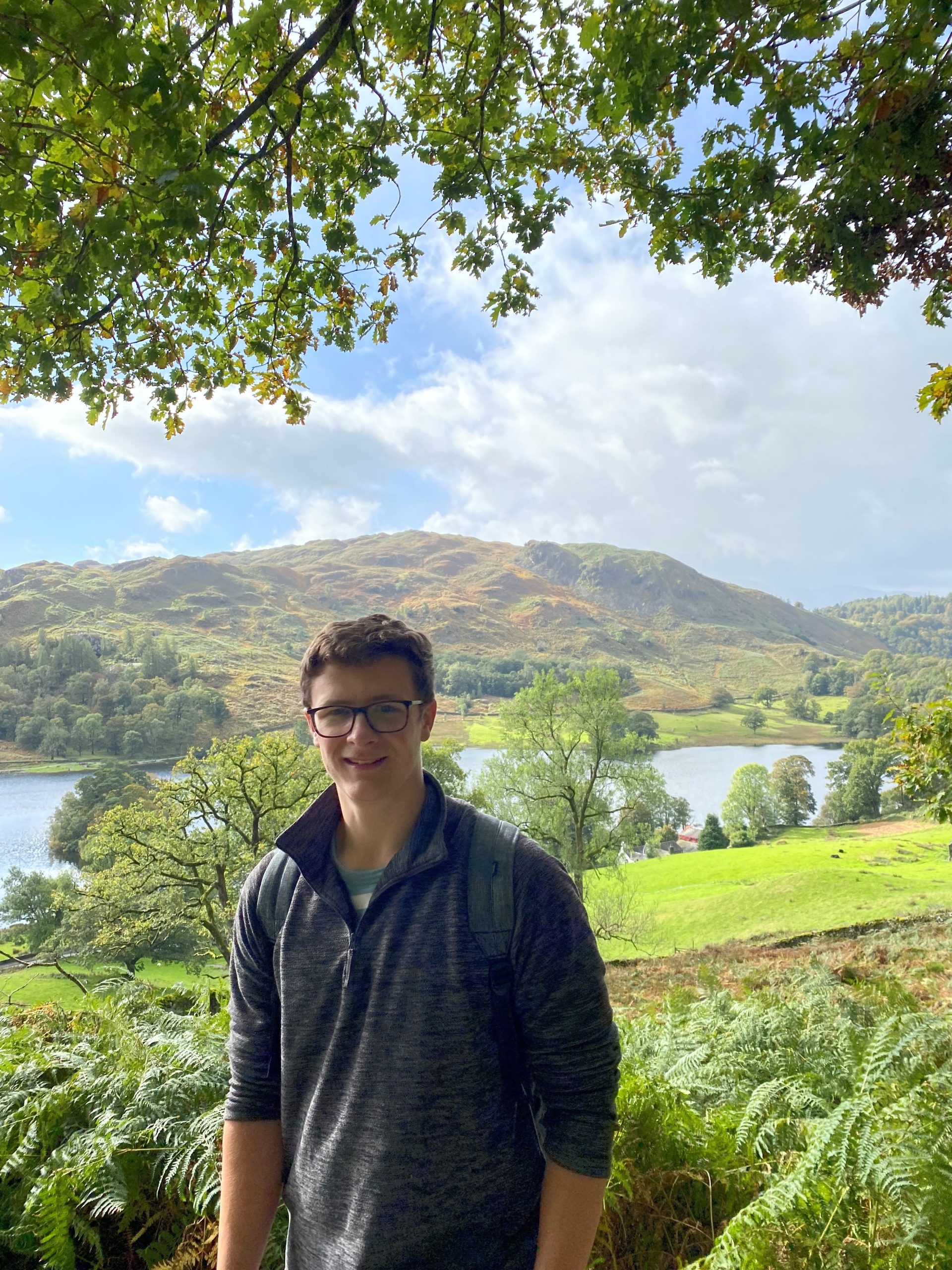A day in the life of our arboriculturists
26 Jul 2023
26 Jul 2023
At Tyler Grange we want our Tribe to be their most authentic selves at work. We know everyone is different. There are ups and downs, peaks and troughs. For us, it’s all about celebrating the good stuff and learning from the not-so-good stuff – never ignoring it.
We’ve been taking some time out to chat with our teams about their typical day at Tyler Grange to get to know them a bit better and find out more about what makes our Tribe tick.
Recently, we sat down with Ben, one of our arboriculturists, to see what a day in his life at Tyler Grange is really like…

There are three options really, depending on whether I’m working from home, the office (I live in Lancaster, so I work from our Manchester office) or on-site. I get up at different times for each one, the earliest being when I’m working out on surveys. If I’m working from home, I get an extra half hour in bed, but I’ll be at my desk by 8.00 responding to emails, arranging site visits etc. I do a lot of my admin and prep for the week on a Monday morning, planning my week around site visits and other project deliverables.
It’s all about balance.
Tyler Grange doesn’t have set rules on where I need to work when I’m not on site. If I have a lot of report writing to do after a busy period of site visits, I find I’m most productive knuckling down working from home.
For me, that’s how I work best at those kinds of tasks – at home with less social distraction.
The sites are quite varied. They could be a new residential development, commercial or industrial infrastructure or completely open fields in the very early stages of pre-planning where clients are looking to get strategic knowledge about what they can feasibly build on the land. We’re also trying to do more in the renewable sector. I’ve recently been working on sites where there have been proposals to build solar farms.
Impact assessment is the two words I’d use, to sum up why we do what we do. We assess how a proposal, such as housing, renewables, or whatever the development might be, is going to impact the current tree stock at the site. We look at how we can find compromises and provide suggestions on how developers might alter its layout.
If necessary, we try to help them shift their designs to ensure that the trees present can be retained and subject to fewer impacts.

The main conflict, I’d say, is that people sometimes don’t see tree-related matters as a significant issue. It can be quite hard to explain why it’s so important to retain a tree which I have surveyed and categorised as high value. I guess it’s only due to naivety in the same way I would be naive in understanding the reasons why architects or highway engineers do what they do, so it’s swings and roundabouts.
I think it’s important to have respect and understanding for each discipline, though it can become problematic when a certain action is required. For example, if a veteran tree must be retained because it’s protected under certain policies. If it’s a certified veteran tree, no typical development can be built within 15 metres of it. We get given a layout, which the architects have carefully constructed over several months, and then we might have to tell them the bad news that would disrupt the original plan. It’s not pleasant sometimes having to be the bearers of bad news.
I get a lot of satisfaction when the job is done and I’m confident that the client has everything they need. When all our inputs have been submitted, you can relax and breathe. Sometimes when we hear nothing back from the client, we know it’s good news.
It’s great to finally hear that your part of a project did its job, planning applications have been accepted, and the client is grateful for it.
I like doing surveys, especially when it’s a sunny day. As simple as it may seem, you get a boost from working outdoors in the sun. Fortunately, I can pick and choose when I survey (within reason, of course) so I try to arrange them on suitable days, though it doesn’t always go to plan!
I really enjoy working on projects where all three disciplines of Tyler Grange are involved (Landscape, Ecology and Arboriculture). It’s nice to have that connection and cohesion between the departments. Working together helps us better understand the different disciplines that Tyler Grange offer, and how we can all work collaboratively on a project.
Another thing that I really value is how Tyler Grange put a lot of time and effort into caring for their staff individually. There are tools we can use like the fatigue app [an app used by the Tribe to monitor their tiredness levels] and monthly sessions with the in-house psychologist. It’s hard to put into words, really, but it’s reassuring to know that there are tools there, people to go to. You don’t have to feel alone.

I love it. I couldn’t think of going back to a five-day week now. It gives me the freedom and time for myself to see my family and friends. It’s a privilege really, knowing it’s a rare thing in the world currently.
Hopefully, more companies will take it on board. Although I don’t think it will work for every industry, I’m just glad I work in one where it does and has proven to be successful in many ways.
It doesn’t prevent us from achieving our monthly targets and I find it personally increases my day-to-day well-being and happiness because I have something to look forward to each week.
One of the things I like to do outside of work is help out at Barley Cop Woods, just down the road from where I live. There’s a woodland management group I sometimes volunteer at, maintaining the woodland and removing dead or dangerous trees from the pathways, planting new hedgerows, and hoping to improve the local wildlife. It’s nice to be able to use my skills and knowledge to have an impact on my local environment, especially since it’s right on my doorstep. It’s great being able to spot the differences sometimes as you wander through the woodland.

Do your research. Look at online sources like the ARB Association to get a good understanding of what the job entails. You’ve got to be patient, open-minded and willing to learn. There’s always a lot to learn, especially when it comes to planning, which is an area we work closely with as consultants. Finally, I’d say you have to have a passion for trees, whatever form that takes for you, as I know being a ‘tree hugger’ is a must for many!